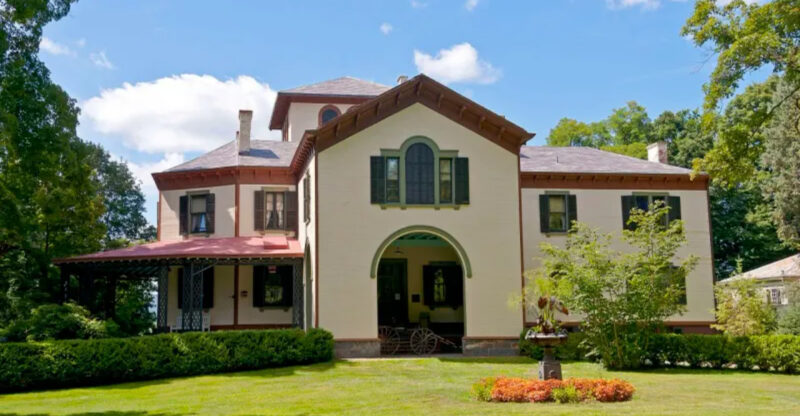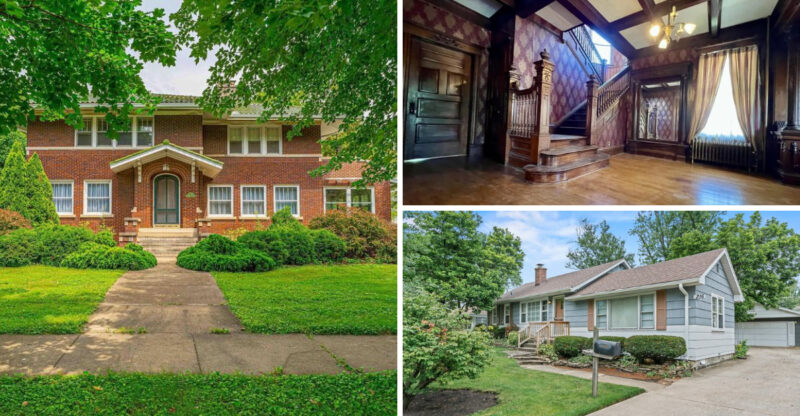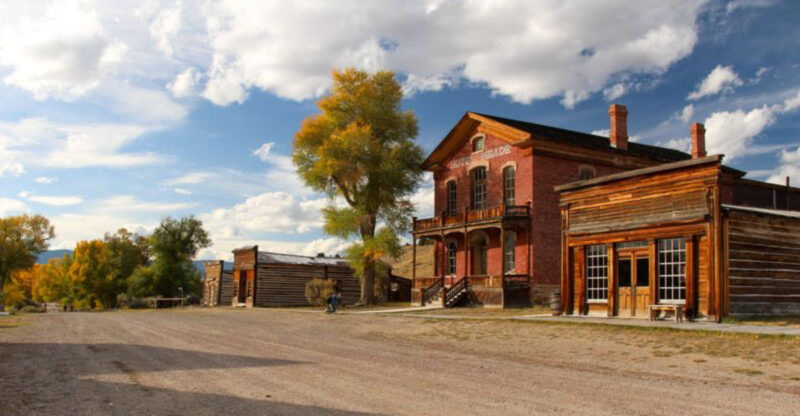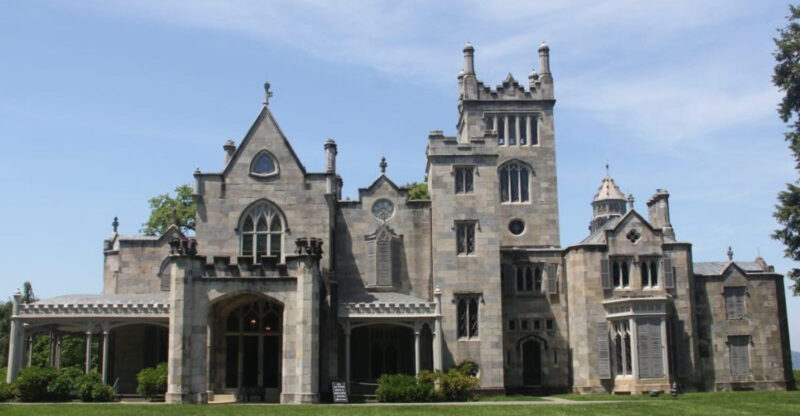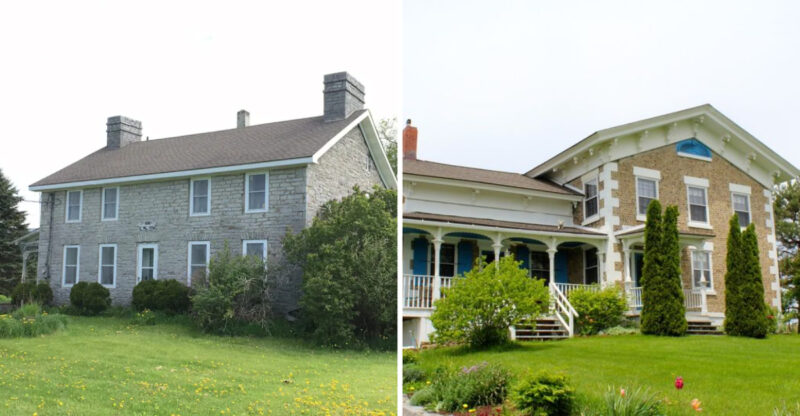13 Vintage Alabama Homes That Remind Us How The South Used To Live
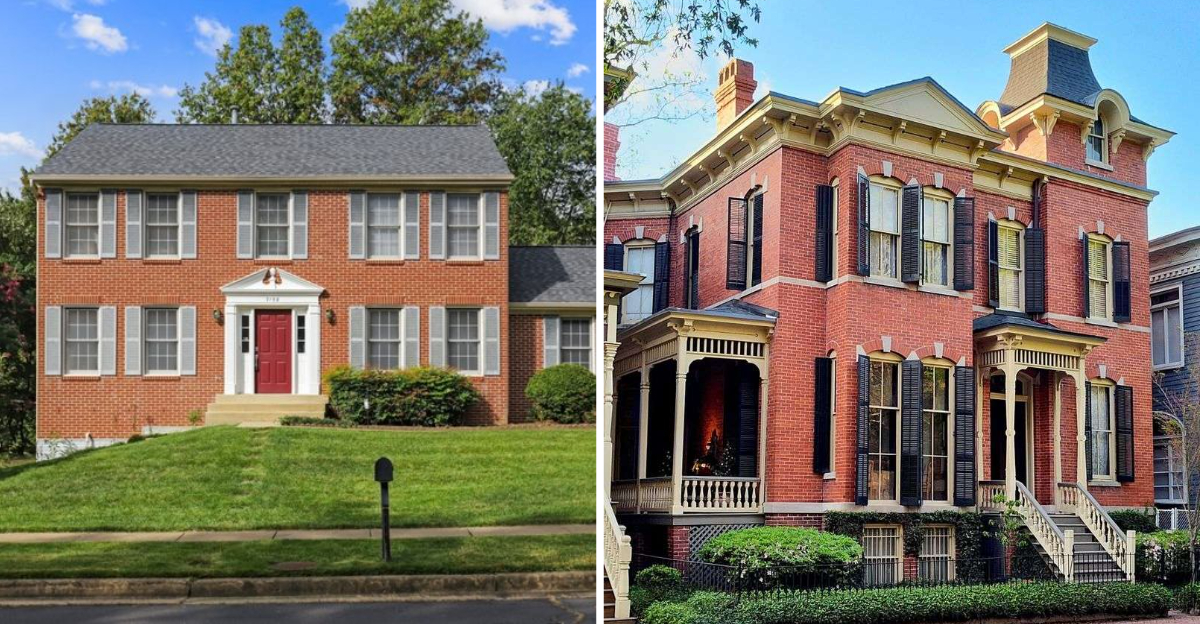
Alabama holds some of the most beautiful old homes you’ll ever see. Walking through these vintage houses feels like stepping back in time to when life moved slower and families gathered on wide porches.
Each home tells a story about Southern life, from grand plantations to cozy cottages that witnessed generations of history unfold within their walls.
1. Oak Alley Plantation House
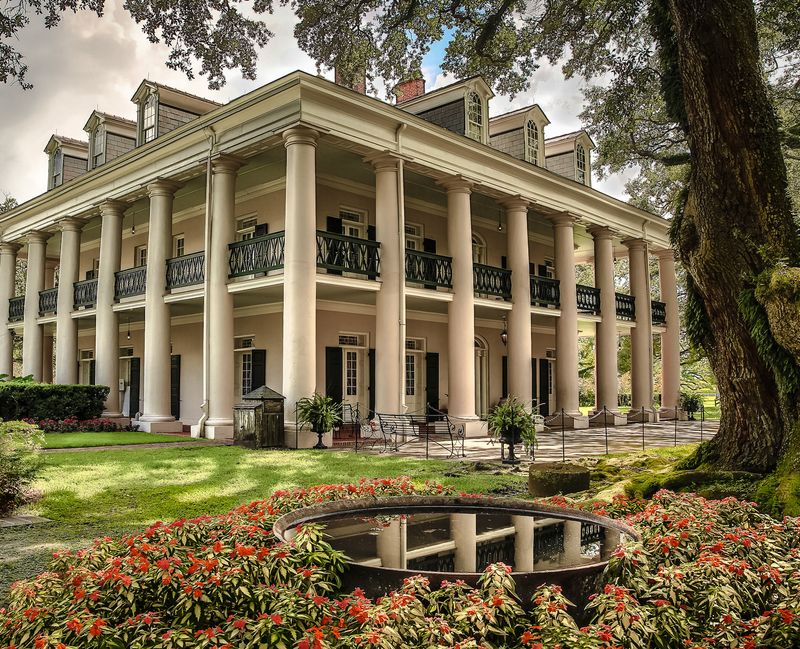
Picture a grand driveway lined with massive oak trees leading to a white mansion. That’s what you’ll find with this stunning plantation home that dates back to the 1800s. The columns reach high into the sky, and you can almost hear the sounds of horse-drawn carriages arriving for evening parties.
Families once gathered on the wraparound porch during hot summer nights. The rooms inside feature original hardwood floors and fireplaces in nearly every space. I think the craftsmanship in these old homes shows how much pride people took in their work.
When you visit places like this, you understand why Southerners value tradition. The architecture represents a time when homes were built to last generations.
2. Victorian Cottage in Mobile
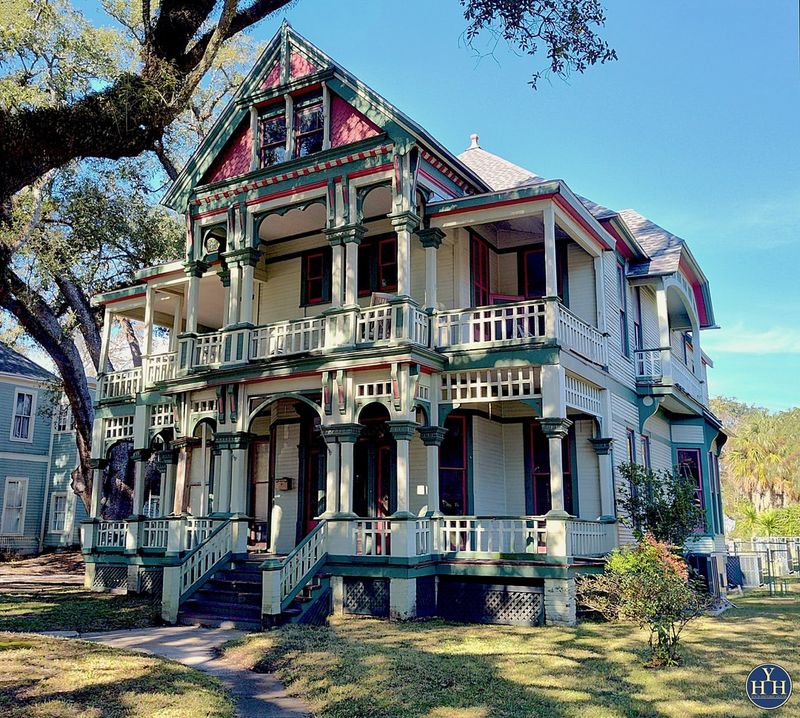
Mobile’s historic district hides some real treasures among its streets. This particular cottage showcases intricate woodwork that carpenters carved by hand over a century ago. The decorative trim under the eaves looks like delicate lace made from wood.
Did you know Victorian homes often featured bold color combinations that seem surprising today? This cottage displays shades of purple, green, and cream that make it stand out. The small porch invites neighbors to stop and chat, which was common back then.
Inside, high ceilings help keep rooms cool before air conditioning existed. Original stained glass windows catch afternoon sunlight beautifully. These details remind us how people solved problems creatively in earlier times.
3. The Sturdivant Hall
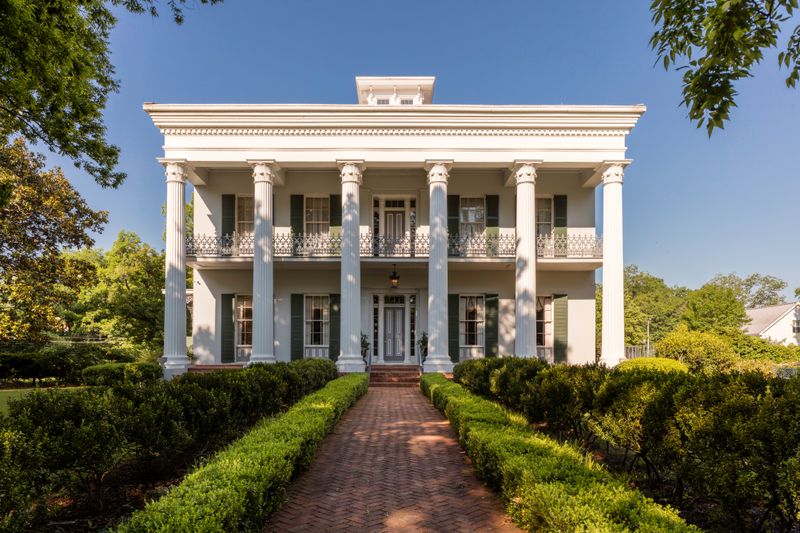
If elegance had an address, it might be Sturdivant Hall in Selma. Built in 1856, this mansion represents Greek Revival style at its finest. The symmetry of the design creates a sense of balance that feels peaceful and dignified.
Walking through the front door, you’ll notice how the entrance hall stretches impressively toward a grand staircase. Crystal chandeliers hang from ornate ceiling medallions that craftsmen molded by hand. Each room flows into the next with pocket doors that slide into the walls.
Families who lived here hosted important social gatherings and political meetings. The home witnessed crucial moments in Alabama history. Today, it serves as a museum where visitors can touch the past directly.
4. Shotgun House in Birmingham
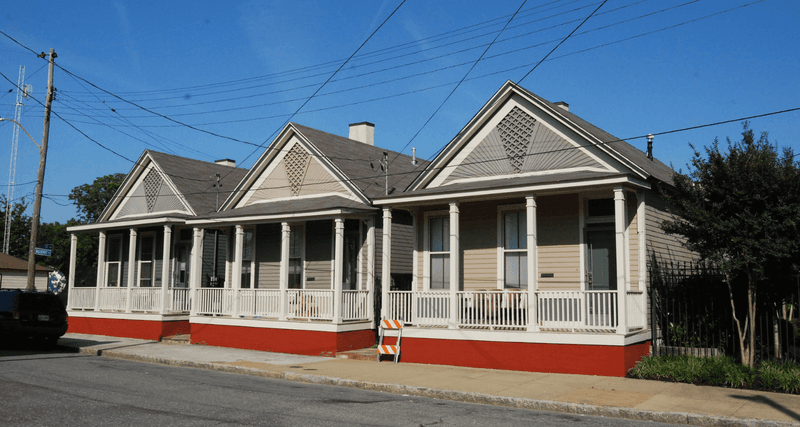
Though smaller than grand plantations, shotgun houses tell equally important stories. These narrow homes got their name because you could supposedly fire a shotgun through the front door and the bullet would exit the back without hitting anything. Each room connects directly to the next in a straight line.
Working families made these houses their own with colorful paint and flower gardens. The front porch became the living room during warm months. Neighbors knew each other well because everyone sat outside in the evenings.
These homes show that Southern living wasn’t just about wealth. It was about community and making do with what you had while creating something special.
5. The Gaineswood Mansion
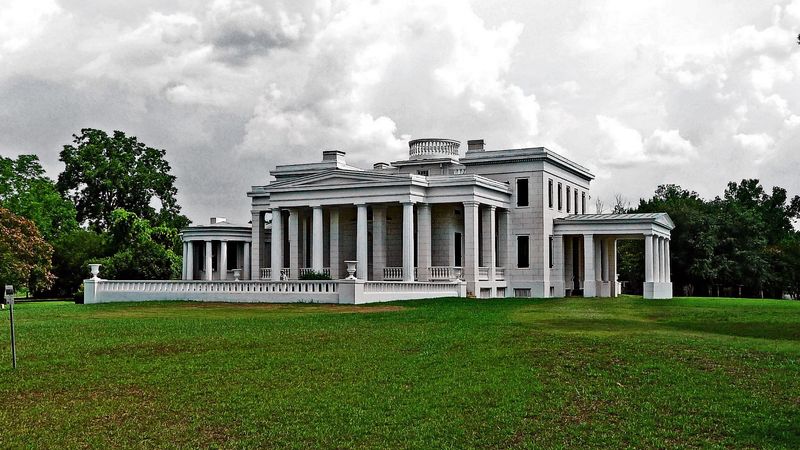
How does a home become a work of art? General Nathan Bryan Whitfield spent eighteen years building Gaineswood, and it shows. He designed much of it himself, including domed ceilings that seem impossible for the 1840s.
The mansion features columns both inside and outside, creating dramatic spaces that feel like Greek temples. Whitfield even designed special mirrors and furniture to match the architectural style. The attention to detail borders on obsessive in the best possible way.
When I imagine life here, I picture formal dinners and literary discussions lasting late into the night. The home represents what people could achieve when they combined vision with patience. Every corner reveals another surprising architectural element worth studying.
6. Antebellum Farmhouse in Madison County
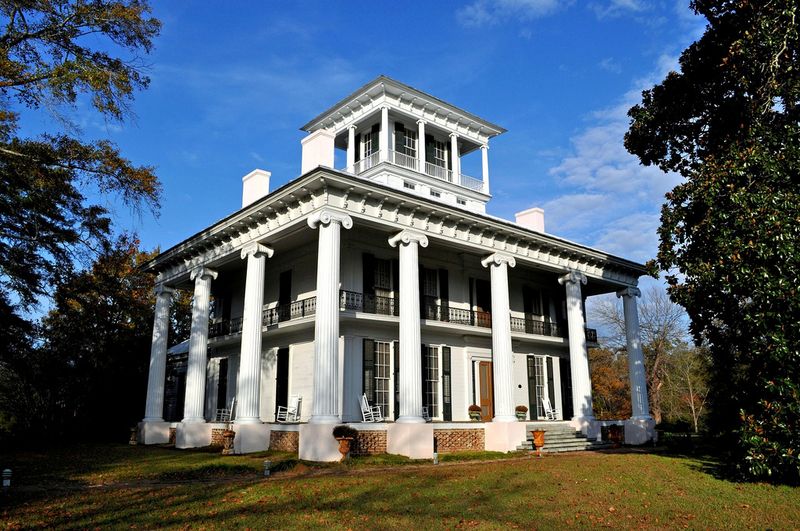
It’s easy to overlook farmhouses when thinking about historic homes, but they’re where most people actually lived. This Madison County example shows how practical design met family needs. The wide porch provided shade and outdoor workspace for countless daily tasks.
Farmers built these homes with materials from their own land when possible. The stone chimney kept the kitchen separate to prevent house fires. Simple board-and-batten siding required less maintenance than fancy trim.
Children grew up helping with chores and playing in nearby fields. Meals came from gardens just steps away. This lifestyle shaped Southern values about hard work and self-reliance that continue today.
7. Italianate Townhouse in Montgomery
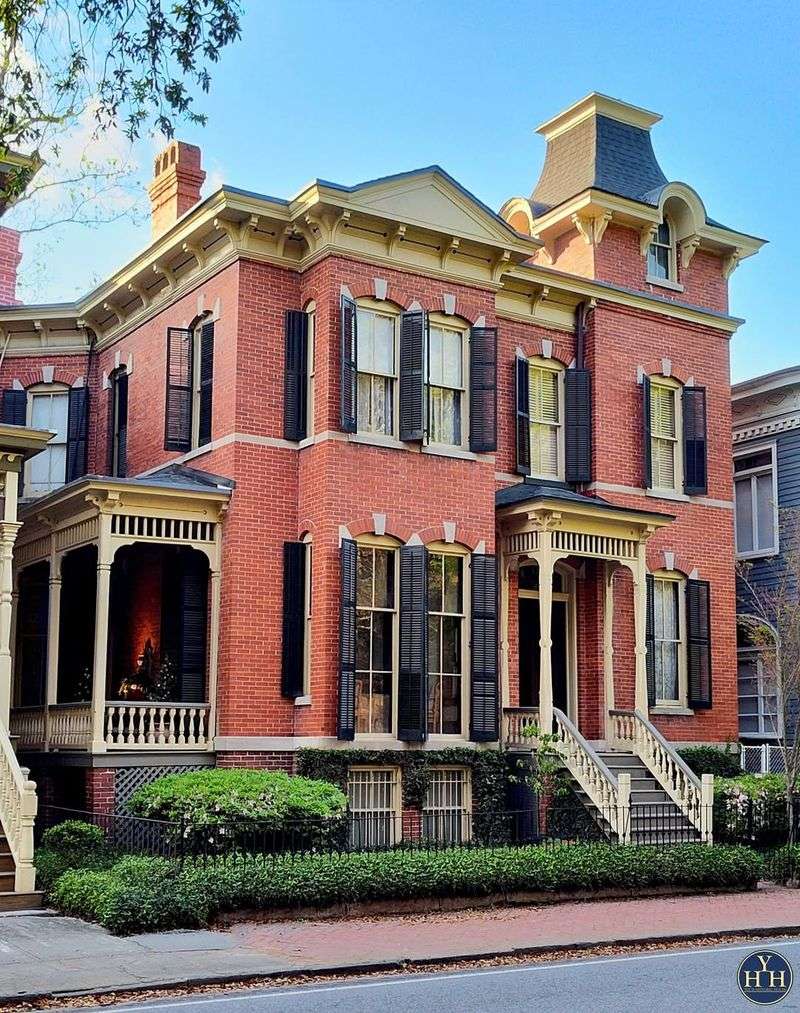
Montgomery’s downtown once glittered with fashionable homes like this Italianate beauty. The style became popular after the Civil War when people wanted something different from Greek Revival. Tall, arched windows and decorative brackets under the roofline create a romantic, European feeling.
Many of these townhouses featured towers or cupolas where ladies could enjoy breezes and city views. The narrow lots meant homes went upward rather than outward. Front parlors showcased the family’s best furniture and welcomed important guests.
Urban Southern living had its own rhythm compared to plantation life. Neighbors lived closer, businesses stayed within walking distance, and social life revolved around church and civic organizations.
8. The Ivy Green
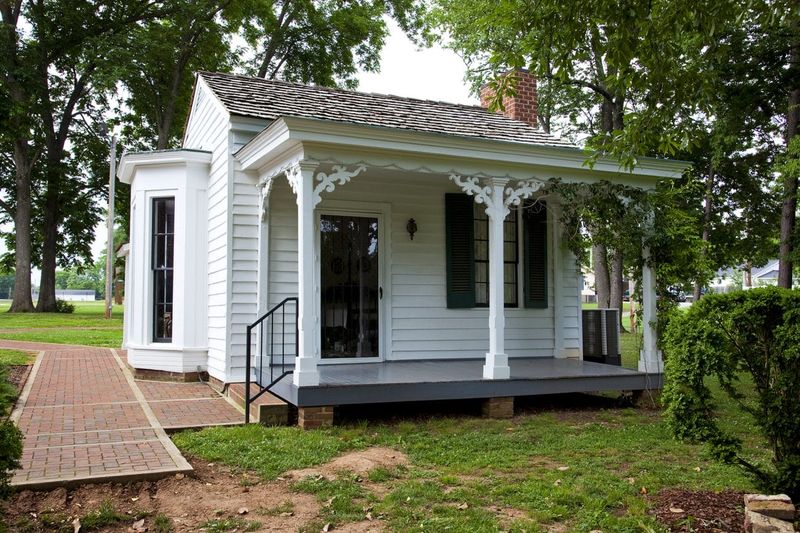
Are you familiar with Helen Keller’s story? She was born in this modest cottage in Tuscumbia in 1880. The home, called Ivy Green, represents typical middle-class Southern living from that era. It’s smaller and less ornate than plantation mansions but filled with character.
The famous water pump where Helen learned her first word still stands in the yard. Climbing roses and ivy give the property its name and create a peaceful atmosphere. The rooms feel intimate and family-focused rather than designed for entertaining crowds.
This home proves that historical significance isn’t about size or grandeur. Sometimes the most important stories happen in ordinary places where extraordinary people lived.
9. Dog Trot Cabin in Rural Alabama
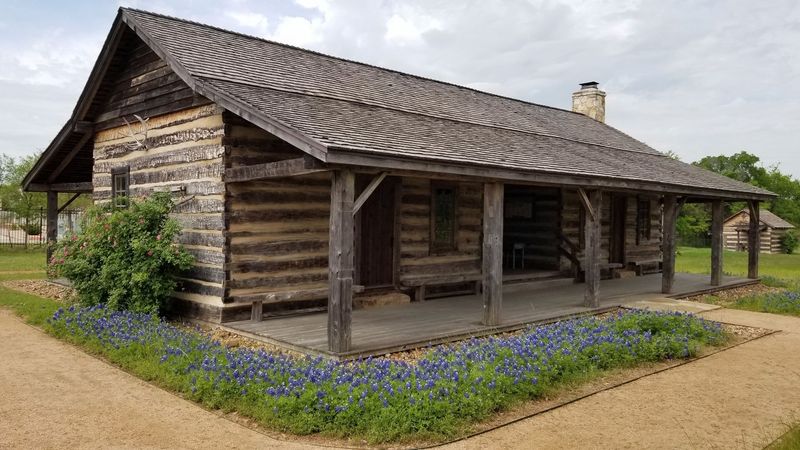
When pioneers first settled Alabama, they built dog trot cabins as temporary homes that often became permanent. Two separate log rooms connected by an open breezeway created natural air conditioning. Dogs literally trotted through the middle, hence the name.
One side typically served as sleeping quarters while the other housed the kitchen and living area. The breezeway became a favorite spot for eating meals and doing chores in the shade. Families added porches and rooms as they prospered.
These humble structures show how people adapted to Alabama’s hot climate using common sense. No fancy materials or trained architects were needed, just practical thinking and hard work.
10. Queen Anne Style Home in Anniston
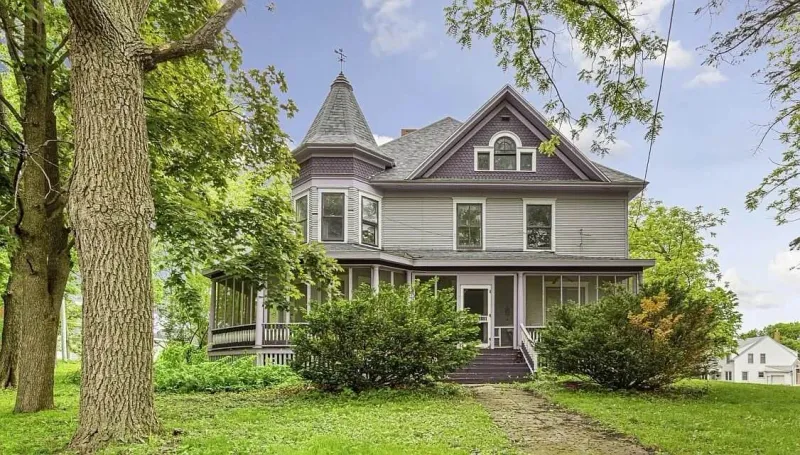
Though the Queen Anne style might sound fancy, it was actually designed to feel more relaxed than earlier Victorian homes. This Anniston example features the signature turret that gives the house a fairytale quality. Wraparound porches encouraged outdoor living and neighborly interaction.
Different types of siding and shingles create visual interest on the exterior walls. The asymmetrical design means no two sides look exactly alike. Inside, you’ll find cozy nooks, window seats, and built-in cabinets that maximize space.
Families loved these homes because they felt both impressive and comfortable. The style represented optimism during a time when Alabama’s economy was recovering and growing.
11. Colonial Revival in Birmingham
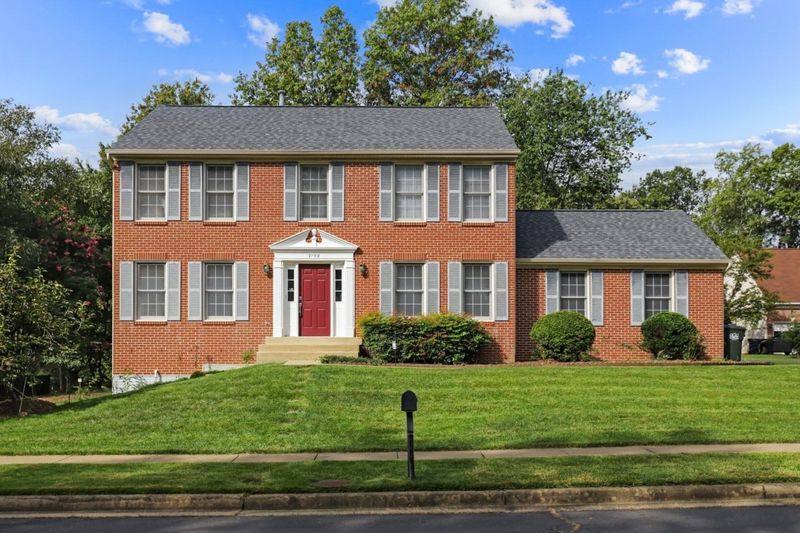
Did you know that Colonial Revival became popular around 1900 as Americans felt nostalgic for simpler times? This Birmingham home shows the style’s hallmarks: symmetrical design, centered front door, and shuttered windows. The brick construction promised durability and low maintenance.
Unlike ornate Victorian homes, Colonial Revival emphasized restraint and classical proportions. The style appealed to new middle-class families moving into Birmingham’s growing suburbs. Front yards with neat lawns replaced vegetable gardens as neighborhoods became more residential.
These homes represent a shift in Southern living toward modern conveniences. Many included indoor plumbing and electricity from the start, luxuries that earlier generations couldn’t imagine.
12. Creole Cottage in Gulf Coast
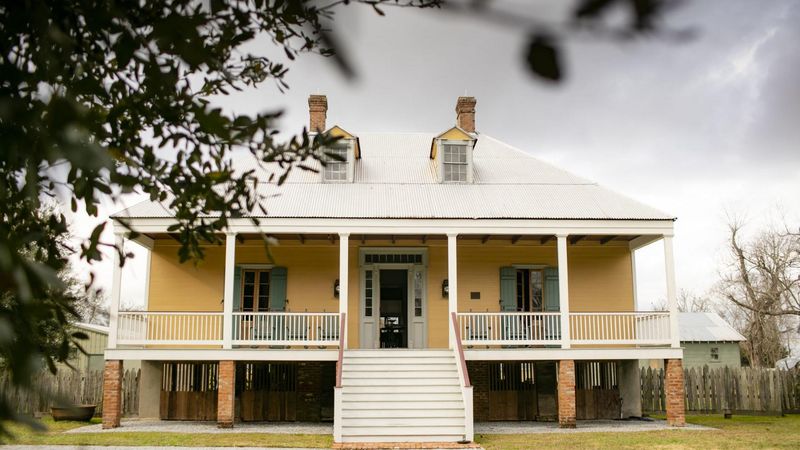
Where French, Spanish, and Southern traditions mixed, you find Creole cottages. These raised homes protected families from flooding and allowed air to circulate underneath. The steep roof sheds heavy rain quickly, essential for Alabama’s Gulf Coast climate.
Front porches run the full width of the house, creating outdoor rooms used year-round. Inside, rooms connect through central hallways that promote cross-ventilation. The simple design reflects practical solutions to environmental challenges.
Fishermen, farmers, and merchants all built variations of this style. The homes prove that good design doesn’t require complexity, just understanding of local conditions and needs. Their influence continues in Gulf Coast architecture today.
13. Craftsman Bungalow in Tuscaloosa
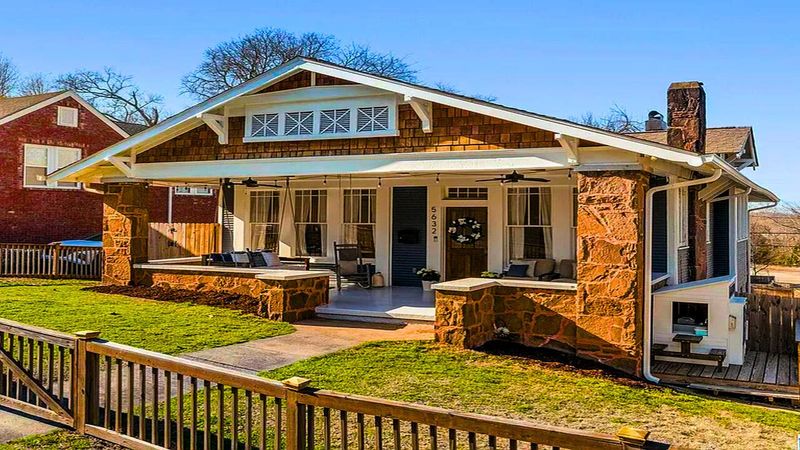
It’s hard to believe now, but Craftsman bungalows were once ordered from Sears catalogs and shipped by rail. This Tuscaloosa example showcases the style’s emphasis on honest materials and handcrafted details. Exposed wooden beams and built-in furniture celebrate the carpenter’s skill.
Low, horizontal lines make these homes feel connected to the earth. Stone or brick porch columns add weight and permanence. Inside, open floor plans were revolutionary for the 1920s, allowing families to interact more freely.
The Craftsman movement valued quality over quantity and function over decoration. These principles resonated with Southerners who appreciated well-made things. The style remains popular because it feels both timeless and welcoming.

